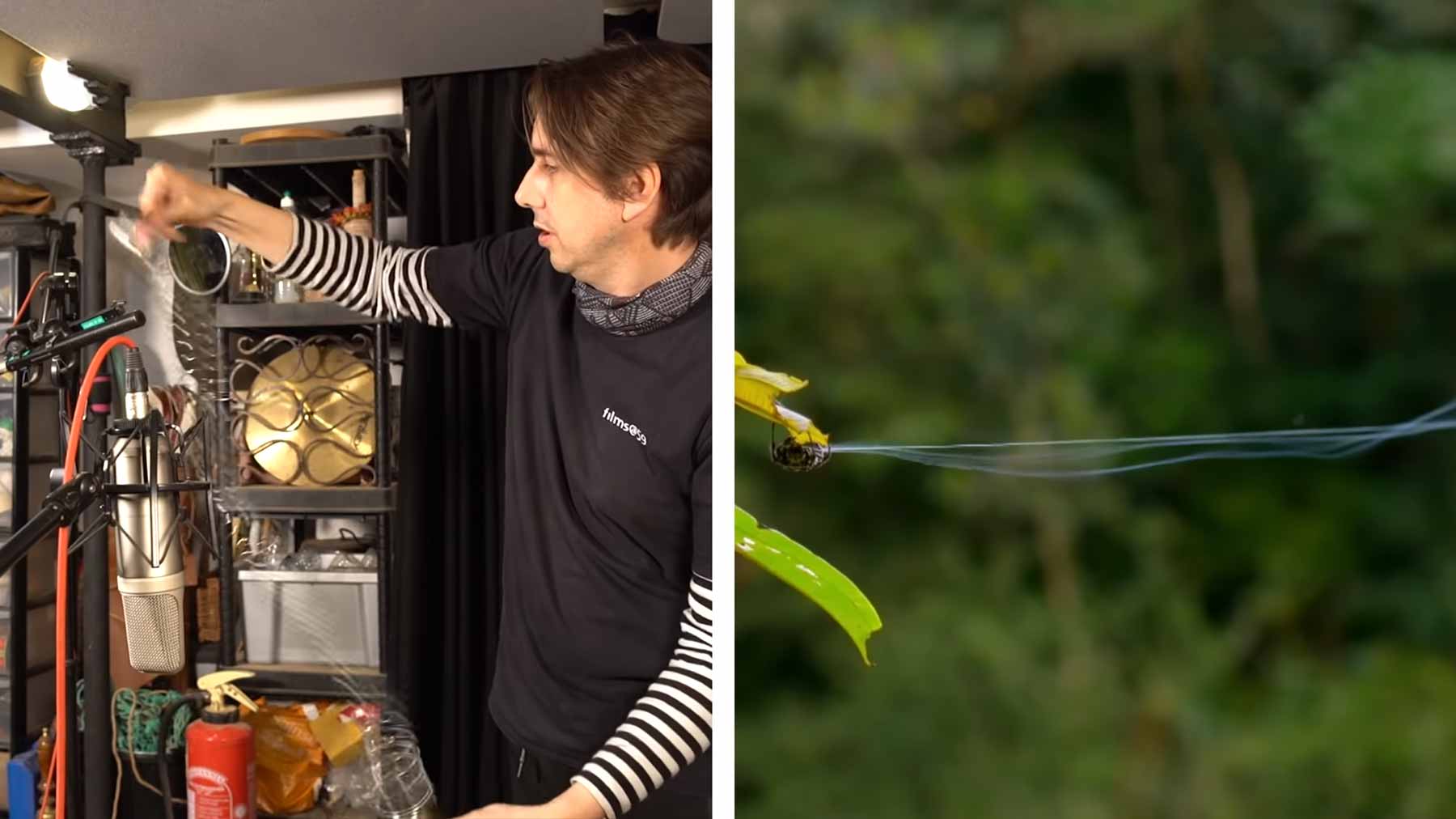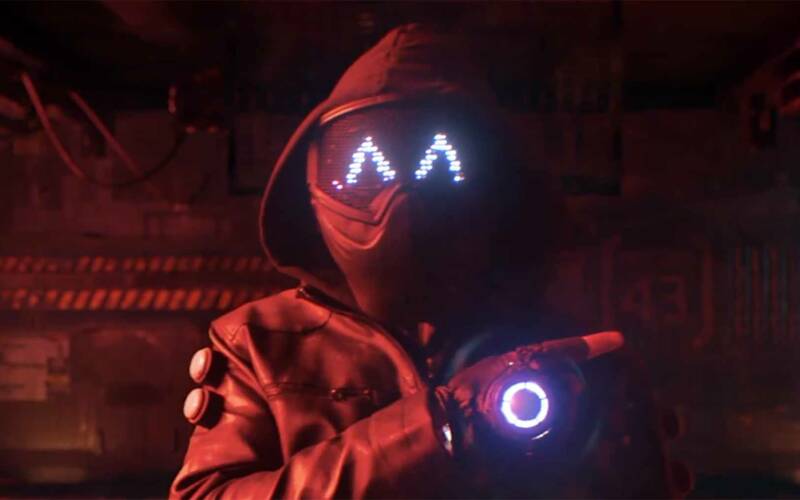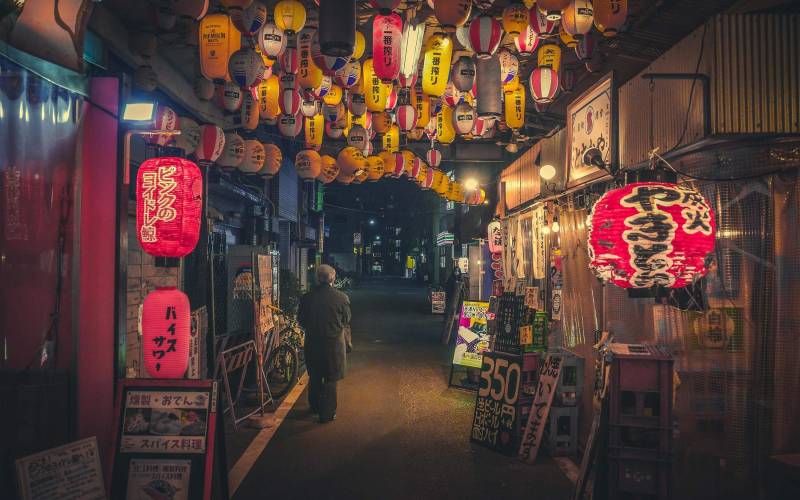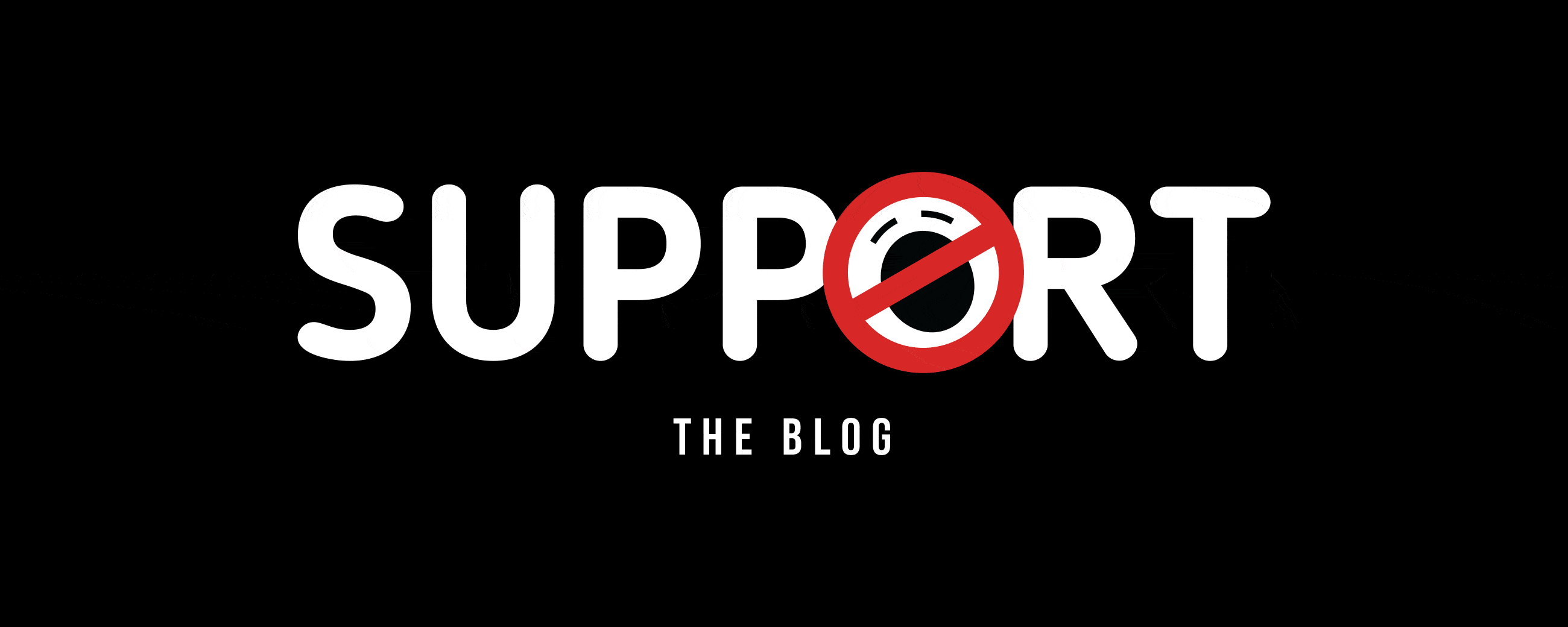
Ja, auch in den natürlichsten aller Filminhalte wird getrickst. Denn so gut Mikrofone auch heutzutage sein mögen, das Spinnen eines Spinnennetzes oder das Wachsen von Pilzen im Zeitraffer gibt dann doch nicht wirklich ein Sound, das einzufangen wäre. Damit Tier- und Naturdokumentationen aber auch akustisch was hermachen, gibt es Leute wie Richard Hinton, die den Bildern passende Geräusche geben. Immer wieder interessant, diesem kreativen Handwerk bei der Arbeit zuschauen und vor allem zuhören zu können!
„Many of the sounds you hear in nature documentaries are not actually the real ones recorded in the wild. That might be because the sounds are too difficult to actually record in the wild or because making up or exaggerating sounds makes for a better viewing experience. These sounds are done by somebody like Foley artist Richard Hinton for Films at 59. He has worked on series like ‚Planet Earth II,‘ ‚Frozen Planet,‘ Netflix’s ‚Our Planet,‘ and Disney’s ‚Bears.‘ While a spider is normally too small for a human to hear, the TV series ‚The Hunt‘ contained close-up shots of spiders. So Richard played around with a slinky to make the sounds of a web launching. Meanwhile, new film equipment has allowed for time lapses that portray a plant sprouting out of the ground. To show mushrooms growing in ‚Planet Earth II,‘ Richard stretched out strips of leather. And for something like lava flowing across the ground, he moved a boulder around some rocks. He has even had to do sound for the northern lights, which don’t actually make noise. He gave them a reflective quality by banging two cymbals.“
Quelle: kottke

























Diese Kunst ist völlig zu recht mit einer eigenen Oskar-Kategorie bedacht.
Pingback: krims.krams (183) – MonsŦropolis
Pingback: Wie ein Tonmeister die Geräusche in Naturdokumentationen erstellt - Einblicke in unnatürliche Kulissen - seriesly AWESOME